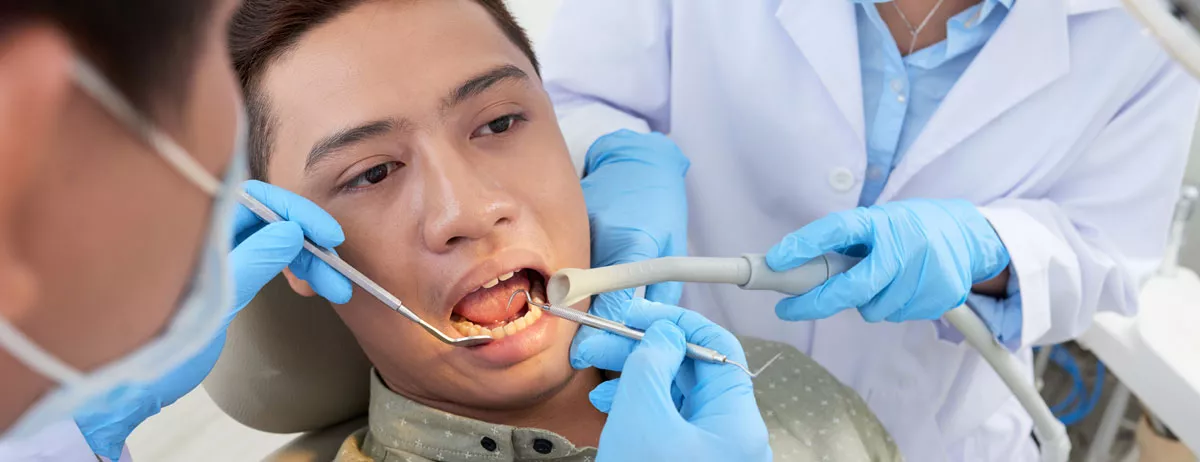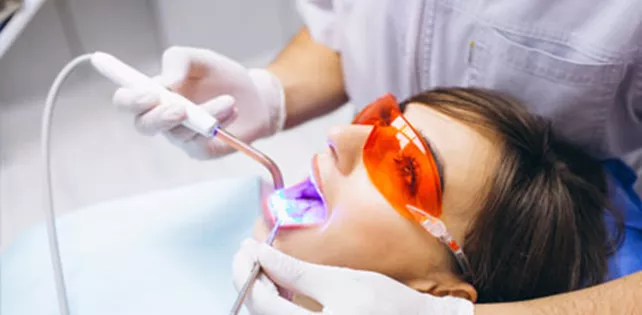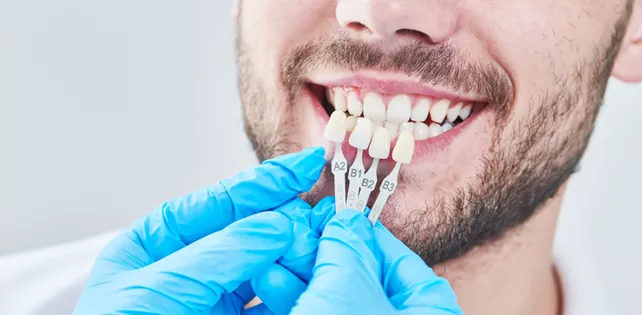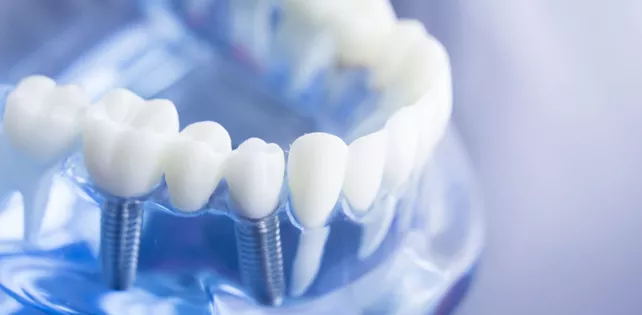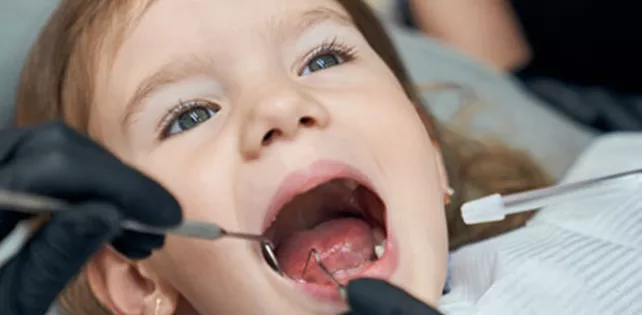Things to Do After Tooth Extraction: Care Tips for a Speedy Recovery
Tooth extraction is a common dental procedure that involves removing a damaged, decayed, or problematic tooth. Although dentists take great care to ensure the procedure is as comfortable as possible, the recovery period requires proper care to avoid complications and promote healing. In this comprehensive guide, we will walk you through everything you need to know and do after tooth extraction to ensure a smooth, pain-minimized recovery and avoid common pitfalls that could lead to infection or delayed healing.
Understanding Tooth Extraction and What to Expect
Tooth extraction can be either simple or surgical. A simple extraction is performed on a visible tooth using local anesthesia. Surgical extraction involves removing a tooth that may not have fully erupted or has complications; it is usually done under local anesthesia with or without sedation. Regardless of the method, the body's natural healing process begins immediately after the tooth is removed. A blood clot forms in the empty socket to protect the underlying bone and nerve endings.
It is essential to protect this clot because it acts as the foundation for new tissue growth. Dislodging the clot can lead to a painful condition known as dry socket (alveolar osteitis), which delays healing and requires further treatment.
Immediate Post-Extraction Care
1. Control Bleeding
After extraction, your dentist will place a gauze pad over the socket. Bite down firmly but gently for at least 30 to 45 minutes to help form a blood clot and stop the bleeding. Change the gauze if it becomes soaked, but avoid excessive disturbing of the clot by removing or shifting the gauze too often.
2. Manage Pain and Swelling
It is normal to experience some pain and swelling. Your dentist will usually prescribe painkillers or recommend over-the-counter medications such as ibuprofen or acetaminophen. Applying an ice pack on the cheek near the extraction site for 15-20 minutes every hour during the first 24 hours helps reduce swelling. Remember to keep your head elevated while resting to minimize inflammation.
3. Avoid Rinsing or Spitting Vigorously
Do not rinse your mouth, spit, or use a straw for the first 24 hours after extraction. The suction can dislodge the blood clot, causing dry socket and increased pain.
4. Rest and Limit Physical Activity
After your procedure, rest for the remainder of the day. Avoid strenuous physical activities for at least 48 hours as increased heart rate and blood pressure may cause the wound to bleed.
Diet and Nutrition After Extraction
Soft Foods Are Key
Stick to soft, easy-to-chew foods such as yogurt, mashed potatoes, smoothies, applesauce, and soups for the first few days. Avoid hot foods or beverages that can irritate the wound and disrupt clotting. Cold or room temperature foods may be soothing.
Avoid Hard, Crunchy, or Spicy Foods
Foods like chips, nuts, popcorn, and spicy dishes can irritate or injure the extraction site, potentially causing bleeding or infection.
Stay Hydrated
Drink plenty of water to stay hydrated, but avoid alcohol, caffeinated drinks, and carbonated beverages for at least 24 hours.
Gradual Return to Normal Diet
As healing progresses, you can slowly reintroduce regular foods. Chew on the opposite side of the extraction site initially to avoid pressure on the healing area.
Oral Hygiene Tips After Tooth Extraction
Keep Your Mouth Clean, But Be Gentle
Maintaining oral hygiene is crucial to prevent infection but must be done carefully:
- Do not brush near the extraction site for the first 24 hours.
- After 24 hours, rinse gently with warm salt water (1/2 teaspoon of salt in 8 ounces of water) after meals and before bed to reduce bacteria and promote healing.
- Avoid commercial mouthwashes with alcohol as they can irritate the wound.
- Brush and floss the other areas of your mouth normally but avoid disturbing the extraction socket.
Smoking and Oral Health
Smoking slows healing and increases the risk of dry socket and infection. Avoid smoking for at least 72 hours after extraction.
Recognizing and Managing Complications
Dry Socket (Alveolar Osteitis)
Dry socket occurs when the blood clot dislodges or dissolves prematurely, exposing bone and nerves. It causes severe pain starting 2-4 days after extraction, bad breath, and an unpleasant taste. Treatment involves cleaning the socket and applying medicated dressings by your dentist.
Infection Signs
Watch for increasing pain, swelling, fever, pus discharge, or difficulty opening your mouth. These may indicate infection, which requires prompt dental evaluation and antibiotics.
Excessive Bleeding
Some oozing is normal, but heavy bleeding or bleeding that continues beyond 24 hours needs immediate attention. Bite on gauze or a clean cloth firmly and contact your dentist if bleeding persists.
Medications and Follow-Up Care
Your dentist may prescribe antibiotics, pain relievers, or recommend specific mouth rinses. Take medications exactly as directed. Attend all follow-up appointments to monitor healing and remove sutures if necessary.
Tips for Faster and Comfortable Healing
- Get plenty of rest and avoid stress.
- Maintain a nutritious diet rich in vitamins C and A to support tissue repair.
- Stay hydrated and avoid alcohol.
- Apply ice packs periodically in the first 24 hours to control swelling.
- Keep your head elevated during sleep for the first few nights.
- Avoid vigorous exercise or bending over for 48 hours.
When to Call Your Dentist
If you experience any of the following, contact your dentist immediately:
- Severe or worsening pain after 3 days.
- Heavy bleeding that does not stop.
- Swelling increasing after 3 days or spreading.
- Fever or chills.
- Difficulty swallowing or breathing.
